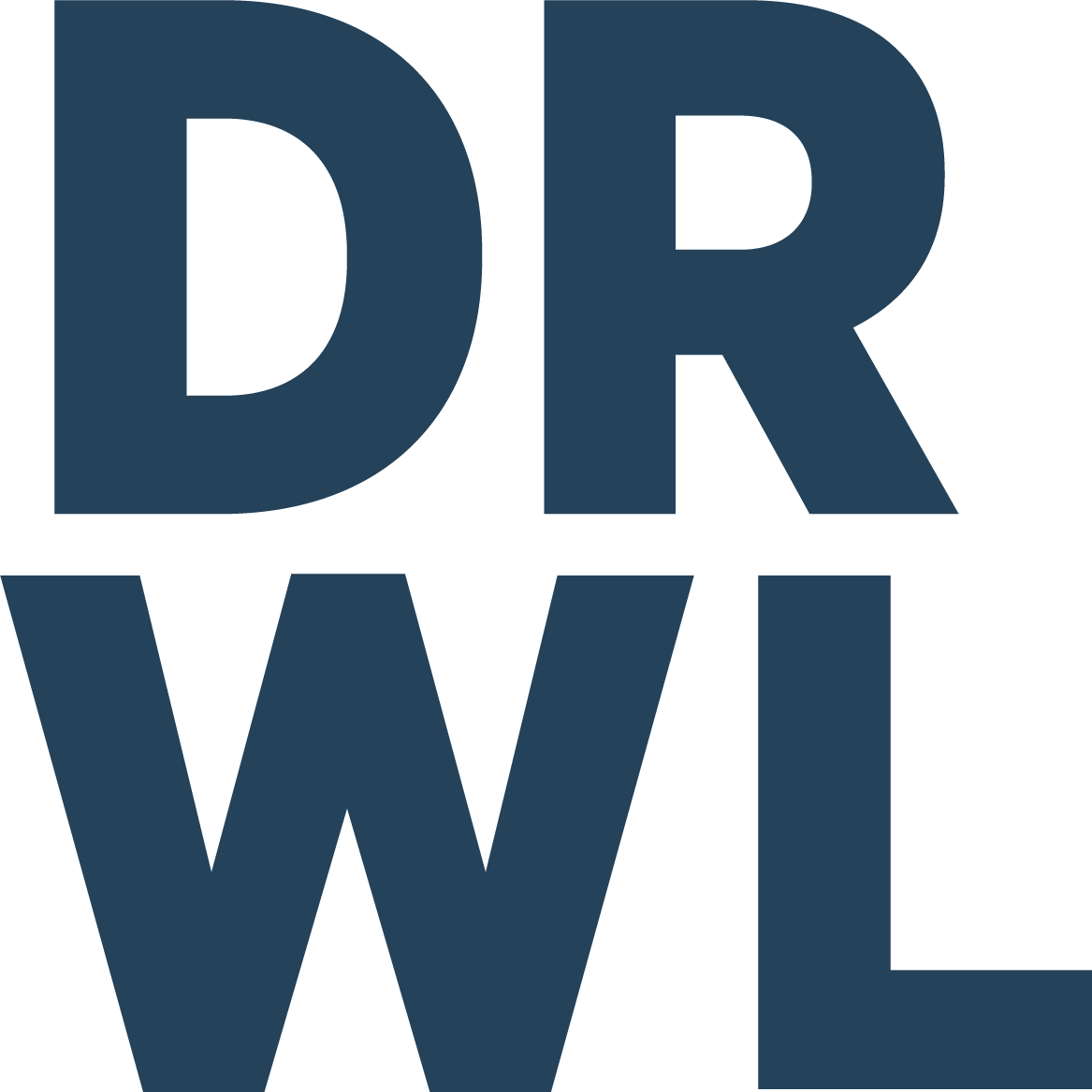The least restrictive environment is not a place
In the Stop Being Invisible Podcast, we are discussing the laws and requirements that both protect and service special education students. In our most recent episode, we discussed the least restrictive environment (LRE), a provision set forth in the Individuals with Disabilities Education Act (IDEA). LRE is one of the most often misconstrued special education laws, but understanding what it means is fundamental for families, teachers, and administrators to ensure that students can learn and thrive in school.
By definition, the LRE mandates that students covered under IDEA must receive their education, to the maximum extent appropriate, with students who not have a disability and that special education students are not removed from a regular education classroom unless education in a regular education classroom, even with additional aids and services, cannot be achieved satisfactorily.
With that said, it is important to note: the LRE is not a place--it is a principle that guides a student's educational program. Dr. Ingrid Amorini-Klimek put it best when she referred to the LRE as a placement continuum. This range of educational placements could look as followed:
Regular education classroom. Wherein the student is fully mainstreamed into regular classroom instruction.
Regular education classroom with consultation. Wherein the student is being taught by a regular education classroom teacher who is being advised by a special education educator.
Regular education classroom with supplementary instruction and services. Wherein the student is taught by both a classroom teacher and a special education educator in a regular education classroom.
Resource room. Wherein the student is in the regular education classroom for most of the school day but spends some time in a resource room for specialized instruction.
Separate classroom. Wherein the student attends a regular education school but is taught by a special education educator in a separate classroom.
Separate school: Wherein the student attends a special day school designed for students with disabilities.
Residential school: Wherein the student lives in a 24-hour care facility and is taught by a trained staff.
Homebound or hospital: Wherein the student receives special education services at home or in a hospital program.
Like we discussed in last week's article about IEP must-haves, one student's LRE will look differently from another's. To evaluate each student's placement, you should be asking, "Is this student going to be successful here?" It has to be suitable and right for the individual student and, just as importantly, included in the IEP.
As the IEP is a living document, it can be modified at any point. Students' placements should be evaluated regularly to ensure that they are in the learning environment that best accommodates their needs while also ensuring that they are receiving the best quality education.
What questions do you have about LRE? Send me an email, and I will be happy to help!
